1) Guara 80:
Other state varieties:
1) HG 563:
2) RGC 936:
3) FS-277:
Pusa Mausmi, Pusa Sadabahar, Pusa Naubahar and MDU 1
| Variety | Duration (Days) | Av. Yield (q had) | Features | |
| RGC 936 | 85-90 |
| This is a branched type variety. It matures early. It is drought tolerant variety and is suitable for rainfed condition as well as irrigated condition. Seed of this variety is of medium size with light pink color. Pods are 5 to 7 cm long. It can also be grown under late sown condition. This variety is resistant to many diseases. | |
| RGC 1002 | 80-90 | 10-12 | Plant is branched and leaves are toothed along their margins. Plants vary in height from 60 to 90 cm. The flowers are generally of light pink color. Seeds are bold and grayish in color, and 1000 seed weight varies from 3.2 to 3.6 gram. This is suitable for rainfed and irrigated conditions. | |
| RGC 1003 | 85-95 | 10-12 | The plant is branched and height varies from 50-85 cm. This variety is suitable for rainfed condition. Leaf margin is smooth. Seeds contain about 30% gum. | |
| RGC 1066 | 85-90 | 10-15 | It is single stemmed, erect and bold seeded variety. Flowers are generally purplish in color. Plant height varies from 60 to 90 cm. This variety is suitable for kharif and summer season | |
| HG 365 | 85-90 | 12-15 | This is suitable for rainfed condition of Haryana and Rajasthan. It has brisk podding behavior. It can be grown during summer season and in irrigated condition also. | |
| HG 2-20 | 90-95 | 12-15 | It is branched, bold seeded and suitable for rainfed and irrigated condition. It can be grown during summer season also. | |
| GC -I | 90-100 | 10-12 | This variety is suitable for rainfed and low fertile soils. Plant height varies from 80 to 100 cm. It is branched and suitable for rainfed and irrigated condition. | |
| RGC 1017 | 90-100 | 12-14 | Plant of this variety is branched and growing to a height of 56.7 to 74.4 cm. Leaves are trifoliate and toothed. It is suitable for both rainfed and irrigated conditions. | |
| HGS 563 | 85-90 | 12-13 | Seed of this this variety contains 33% gum. It has brisk podding behavior and plants grow to a height of about 60 to 100 cm. The flowers are light pink in color. The length of the pod is 5 to 7 cm. | |
| RGM 112 | 92-95 | 12-14 | This variety is moderately resistant to bacterial leaf blight and root rot disease. It has branched plant type with light green color leaves. | |
| RCG 1038 | 95-100 | 12-15 | This is branched type variety and it is somewhat photo insensitive and suitable for summer and kharif seasons. It has heavy podding behavior |
Soil –
Climate-
It can tolerate temperature as high as 45-460 C. It is a photosensitive and indeterminate crop.
Atmospheric humidity encourages the infestation of many diseases like bacterial leaf blight, root rot, etc.
Time of sowing
Following crop rotation can be followed:
Seed Treatment
| Fungicide/Insecticide Name | Quantity (Dosage) per Kg seed. |
| 1. Ceresan | 3gm |
| 2. Thiram | 3gm |
Fertilizer Requirement (kg/acre)
| UREA | SSP | MURIATE OF POTASH | ZINC |
| 20 | 120 | – | # |
Nutrients Requirement (kg/acre)
| NITROGEN | PHOSPHORUS | POTASH |
| 9 | 19 | – |
Provide staking for MDU 1 variety
Pests-
1) Jassid:
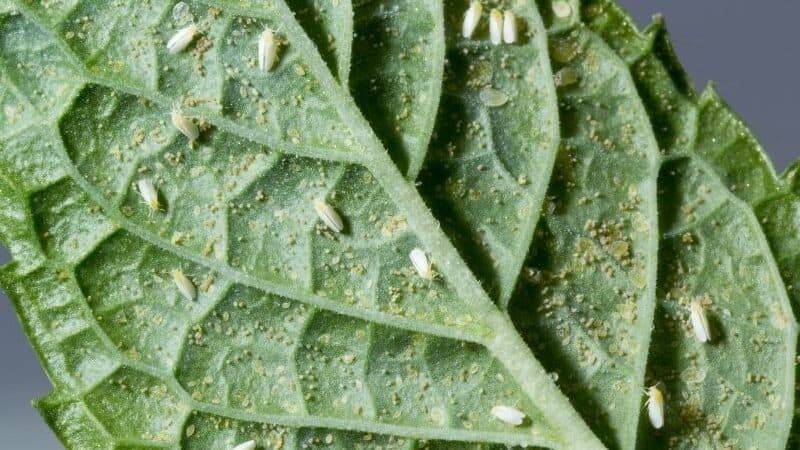
Management-
If infestation is observed, take spray of Malathion 50 EC @250-450 ml /100 Ltr of water for two – three times with interval of 15 days.
2) Ash weevils
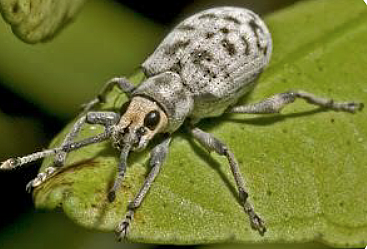
Management–
Spray Azadirachtin 0.03% (300ppm) @ 2.5 ml/lit
3.Leaf hopper , aphids, and glasshouse whitefly
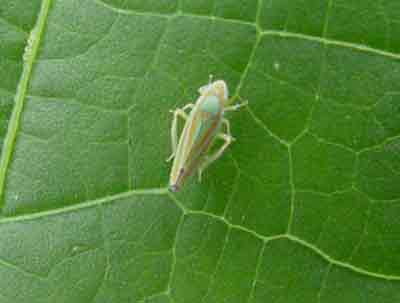
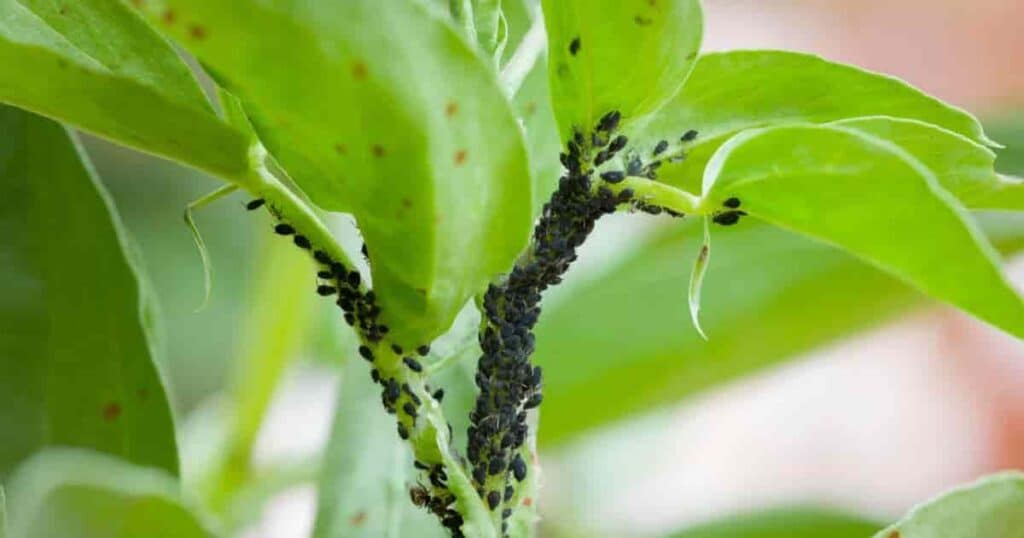

Spray methyl demeton 25 EC or dimethoate 30 EC 1 ml/lit.
4.Termites
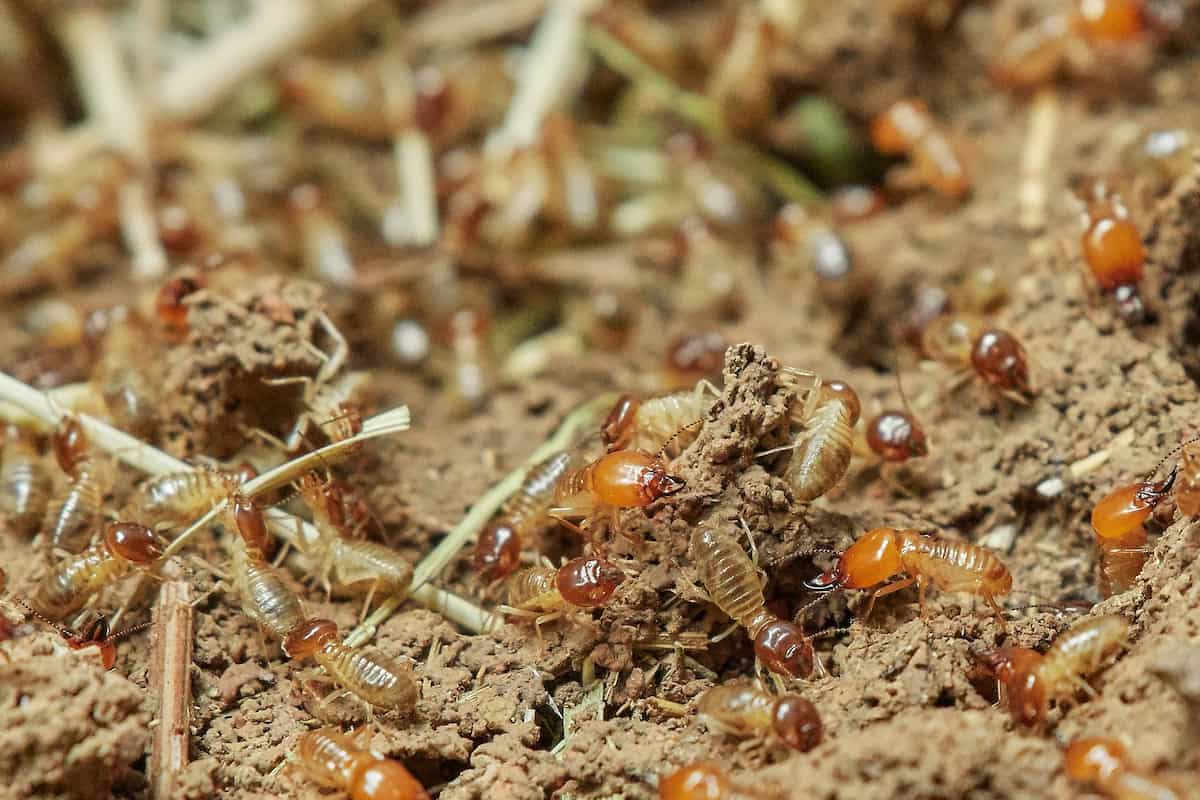
Termites damage plants by eating away root and stem, which cause poor plant stand.
Management-
1) Bacterial blight :
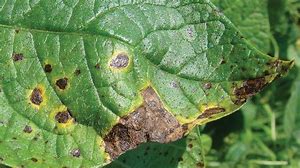
Symptoms-
2. Leaf spot

Management-
3. Powdery mildew-

Management-
4.Anthracnose
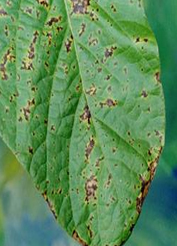
Symptoms-
Management-
Spray of zineb @ 2 kg in 500 L of water per hectare should be done for controlling this disease
Yield– 5 – 7 t/ha in 90 days.
